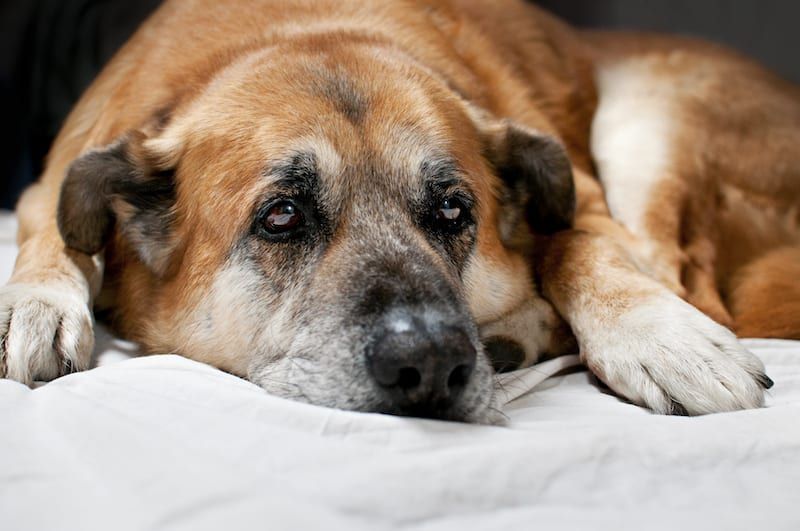
Pet Hospice Care Primer
National Pet Memorial Day occurs on Sunday, Sept. 9th, so we’re focusing this month on pet hospice care. When a pet has a life expectancy from months down to a few days, and pet parents are not ready to euthanize them, hospice care becomes the appropriate option to ensure that pets are kept comfortable.
What is Pet Hospice Care?
Pet hospice care is different from regular veterinary care because the treatment goals shift from proactive treatment of aging or disease to keeping pets comfortable until they pass or are euthanized. When a pet is put into hospice care, it doesn’t automatically mean that treatment for their condition stops. It simply shifts the focus to comfort care.
Typical elements of pet hospice care can include any of the following:
- Medications and/or therapies to relieve a pet’s pain, nausea, or discomfort
- Nutritional programs
- Ensuring proper hydration (ranging from administering sub-cutaneous fluids that can be absorbed into the body to IVs)
- Planning for helping pets with defecation and urination, and keeping them clean
- Modifying the hospice care plan as changes occur in your pet’s end-of-life process
How To Know When to Deploy Pet Hospice Care
Pet hospice care is put in place when pet parents confer with their veterinarian, and make the decision to shift their pet to hospice care. This is a decision that can be made for a variety of reasons:
- Your pet may have a progressive or terminal illness, but is still maintaining some quality of life.
- Your pet is not suffering but you may not be ready to say goodbye and want a bit more time with your pet.
- Pet parents may be opposed to euthanasia.
In all of those instances, pet hospice care is the option that provides the veterinary care & home care that prevents suffering and keeps your pet comfortable during their end-of-life process.
What’s the Process of Pet Hospice Care?
Once the decision has been made to shift a pet to hospice care, here are typical examples of what happens:
- During the hospice process, pet owners are asked to watch their pet carefully for changes in comfort and communicate consistently with their veterinarian.
- In conjunction with their veterinarian, medications may be changed or increased as needed to ensure your pet’s comfort.
- Veterinarians may need to make housecalls to check on your pet, or provide more advanced comfort care such as injecting subcutaneous fluids to help keep your pet properly hydrated.
- If your pet passes peacefully with as much comfort as possible, then the hospice objective has been met.
- If your pet ultimately needs to be euthanized, the hospice treatment provided much-needed time to say goodbye and thank you.
Pet Hospice Care Is An Increasing Trend
More and more pet parents are opting for hospice care for senior pets, or pets with a terminal condition as a way to ensure a comfortable end-of-life experience for their pets. If you think your senior pet, or ill dog or cat may be in need of hospice care, please contact your veterinarian for a thoughtful consultation.
Sky Canyon Veterinary Hospital Pet Parent Alert 1: If you think it’s time to put your pet on hospice meds, contact us to schedule the necessary blood work. This month, Sky Canyon Veterinary Hospital is offering a 10% discount on an NSAID blood panel to make sure your pet’s liver and kidneys are healthy and can handle hospice meds.
Sky Canyon Veterinary Hospital Pet Parent Alert 2: If you want to let your senior or ill pet go in the comfort of your own home, Sky Canyon Veterinary Hospital offers home visits for euthanasia.
Contact Sky Canyon Veterinary Hospital, or call 970.985.4911 if you need assistance with pet hospice care.
